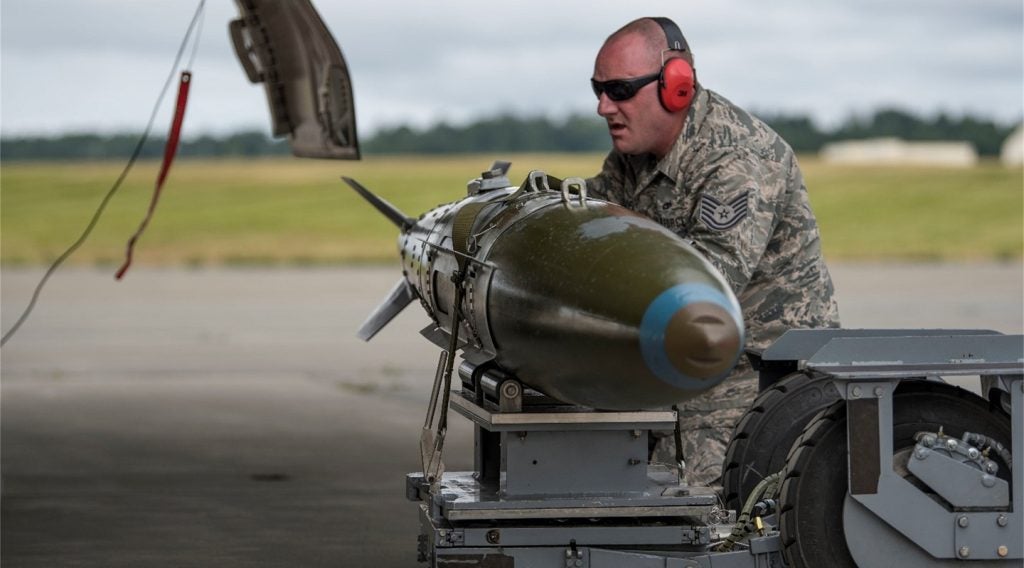The US Defense Advanced Research Projects Agency (DARPA) has carried out a series of flight tests to demonstrate how integration technologies enable a connected troop network.
Conducted together with Lockheed Martin’s Skunk Works, the flight tests demonstrated a system of systems (SoS) approach that allows for easy and quick integration across air, space, land, sea and cyber domains in challenging environments.
The project has been led by Lockheed Martin Skunk Works in partnership with the US Air Force (USAF).
It emphasised the interoperability between a ground station, flying test bed, a C-12 and flight test aircraft, in addition to demonstrating the ability to transfer data between the systems using the new STITCHES integration technology.
The test used the Skunk Works-developed Enterprise Open System Architecture Mission Computer version 2 (EMC2), named the Einstein Box, as the open computing environment, delivering security protections between systems.
During the trial, the test team demonstrated the ability to automatically compose and transmit messages between systems and link ground-based cockpit simulators with live aircraft systems to show its SoS approach in reducing the data-to-decision timeline.
How well do you really know your competitors?
Access the most comprehensive Company Profiles on the market, powered by GlobalData. Save hours of research. Gain competitive edge.

Thank you!
Your download email will arrive shortly
Not ready to buy yet? Download a free sample
We are confident about the unique quality of our Company Profiles. However, we want you to make the most beneficial decision for your business, so we offer a free sample that you can download by submitting the below form
By GlobalDataThe test also demonstrated integration between the APG-81 radar and DARPA’s Automatic Target Recognition software to reduce operator workload and offer a comprehensive picture of the battlespace. The APG-81 radar is currently used on the F-35 fighter aircraft.
Lockheed Martin Skunk Works Mission Systems Roadmaps director Justin Taylor said: “The successful demonstrations focused on advancing integration technologies to increase capabilities of systems in operation today, enabling our warfighters to use those systems in unexpected ways.
“The SoS approach is essential for allowing US forces to rapidly reconfigure systems and prevail over any threat.”
Carried out at the US Naval Air Warfare Center in China Lake, California, the demonstrations were part of the DARPA’s five-year System of Systems Integration Technology and Experimentation programme.







